Transcription of Platelet Disorders (Thrombocytopathy) - …
1 Version Platelet Disorders (Thrombocytopathy) 21/05/2012 Platelet Disorders often manifest as 1 haemostatic phenomena ( bleeding times, petechiae, purpura) rather than 2 haemostatic phenomena ( haemarthrosis, muscle haematomas). Sub divided into thrombocytopaenia (too few), plt dysfunction or thrombocytosis (too many). Presentation History Epistaxis, bleeding gums, metromenorrhagia, excessive post-op bleeding, bruising. 2 bleeding revealed: haemoptysis, haematemesis, haematuria, haematochezia, melaena. Examination This may reveal petechiae (<2 mm), purpura ( cm) and ecchymoses on the skin. Splenomegaly, haemarthrosis and deep muscle haematomas are unusual in Platelet Disorders and suggest an alternative diagnosis should be sought ( factor deficiencies). Investigations Bloods: FBC & film (plt number), bleeding time (plt function), shear test (plt function), Platelet Aggregation test (vWF/Glycoprotein test), BMT Thrombocytopaenia Decreased Production Marrow suppression Aplastic anaemia, chemo/DXT, haematological malignancies, Vit B12 def.
2 , chronic EtOH. Wiskcott-Aldrich Syndrome X-linked Thrombocytopaenia + eczema + immunodeficiency Fanconi s Syndrome Increased Destruction Idiopathic Thrombocytopenia Purpura (ITP) Commonest idiopathic thrombocytopenic autoimmune disease. IgG antibodies against various Platelet antigens. Commonly follows infection in children (EBV, rubella, other viruses). F>M in adulthood. Acute form more usually in children, chronic (>6mo) more common in adult women Mx: may be self limiting in children. Otherwise: o prednisolone 1mg/kg PO od if plt<50 o Anti-D Ig 75mcg/kg IM if Rh+ve & plt<30 (& not asplenic) o Immunoglubulin 1g/kg/day IV x 3d if plt<5 o Splenectomy if chronic o Plts, IV steroids, aminocaproic acid Factor VIIa if life threatening bleed Alloimmune Thrombocytopenia ~10d post blood transfusion. Transfused plt antigens immune response that destroys transfused and native plts.
3 Can last weeks or even months. Neonatal Alloimmune Thrombocytopenia Similar phenomenon produced by maternal Abs against paternal antigens on fetal plts. Commonest cause of severe neonatal thrombocytopenia - ICH & mortality are high. Drug Induced Thrombocytopenia Purpura Caused by direct marrow suppression or immune mechanisms. : Heparin Phenytoin Carbamazepine Valproate Amiodarone Thiazides Frusemide Captopril Sulphonamides Glibenclamide Ranitidine Cimetidine Aspirin Ibuprofen Vancomycin Quinidine Interferon Tamoxifen Gold Thrombotic Thrombocytopenia Purpura Thrombotic microangiopathic haemolysis and thrombocytopenia plt microaggregates Most often adults - ADAMTS 13 enzyme deficiency large multimers of vWf Mx: Medical emergency plasma exchange, FFP, prednisolone, splenectomy Haemolytic Uraemic Syndrome Infection with O157:H7 or Shigella.
4 Also malignancy, post-chemo or familial. Shiga toxin RBC & plt destruction thrombotic microangiopathic haemolysis ARF Mx: Supportive avoid ABx, immunoperfusion + staph protein A column, dialysis/exchange Platelet Dysfunction von Willebrand's Disease AD production of vWf plt adhesion to endothelium and factor VIII degradation. Mx: Desmopressin (DDVAP) [type I] or vWf concentrate [types II & III] Bernard-Soulier Syndrome AR inherited deficiency of Platelet glycoprotein Ib Rare but sev. bleeding disorder where plts large & automatic counters may count as RBC Glanzmann's Thrombasthenia Deficiency of the glycoprotein IIb/IIIa complex platelets fail to aggregate. Gray Platelet Syndrome ( Platelet alpha granule deficiency) Rare autosomal recessive disorder with large grey platelets. Uraemia & Renal Failure Associated with impaired Platelet function. Thrombocytosis/Thrombocythaemia (>400x109/L) 1 - Essential thrombocythaemia, PCV, CML, myelofibrosis.
5 2 (Reactive) - Infection, inflammatory Disorders (Kawasaki, RA, HSP), haemorrhage, splenectomy, Fe-def, malignancy Essential Thrombocythaemia Cx: hyperviscosity, thrombotic, haemorrhage, splenomegaly, miscarriage, AML Mx: plateletpheresis, hydroxyurea, interferon alpha, hydroxycarbamide, anagrelide
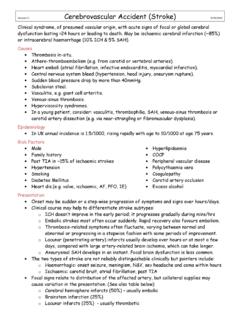
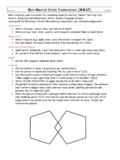
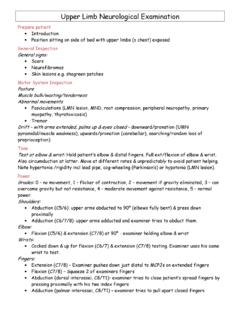

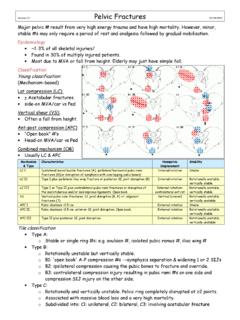

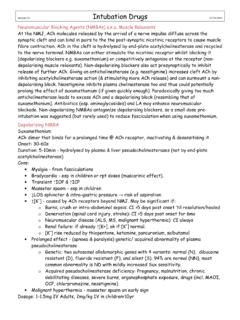
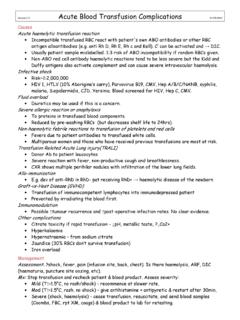
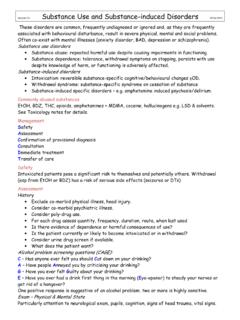







![[Product Monograph Template - Standard] - …](/cache/preview/a/9/a/b/c/6/8/3/thumb-a9abc683523644e52c439669ba6e5b27.jpg)